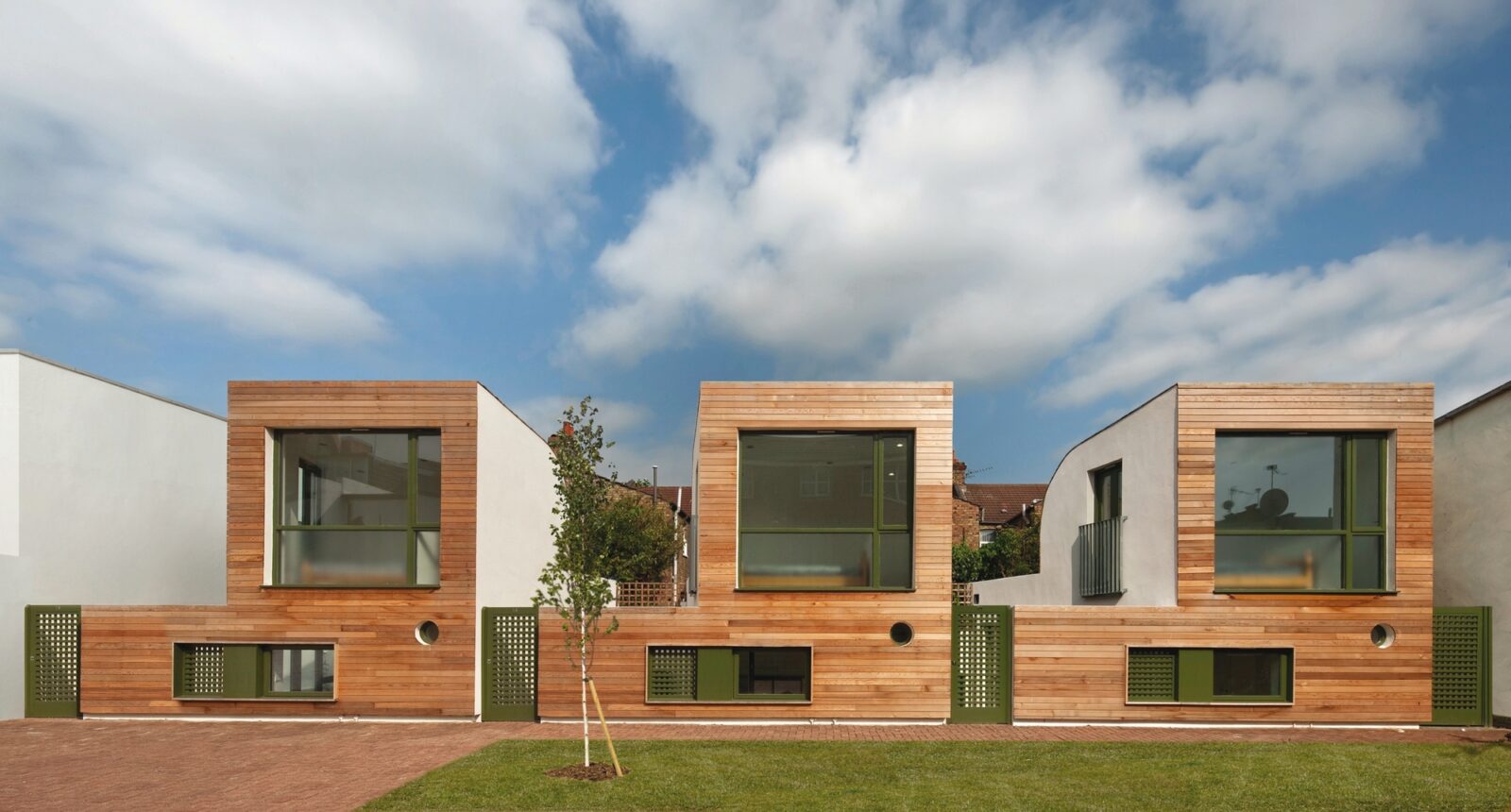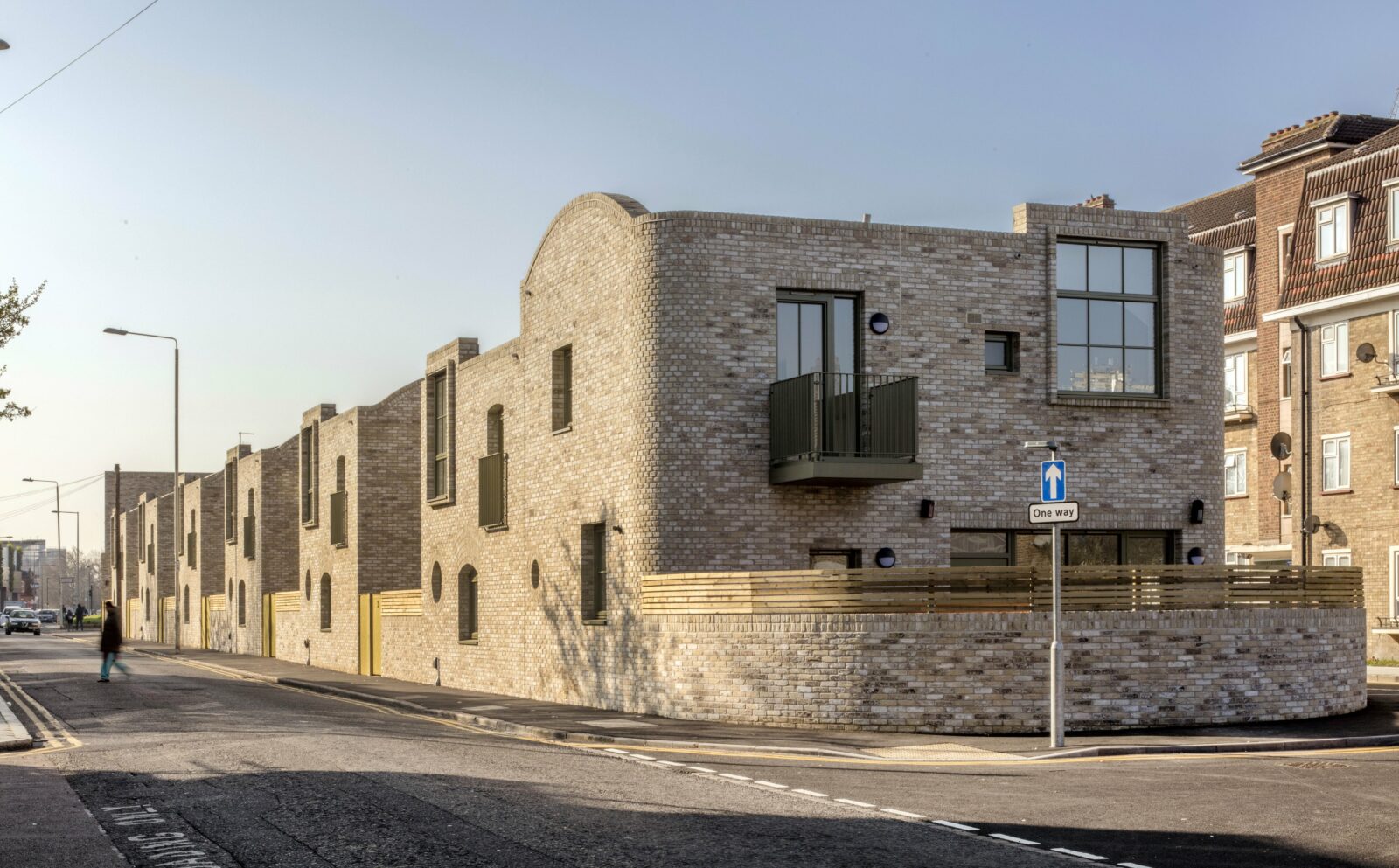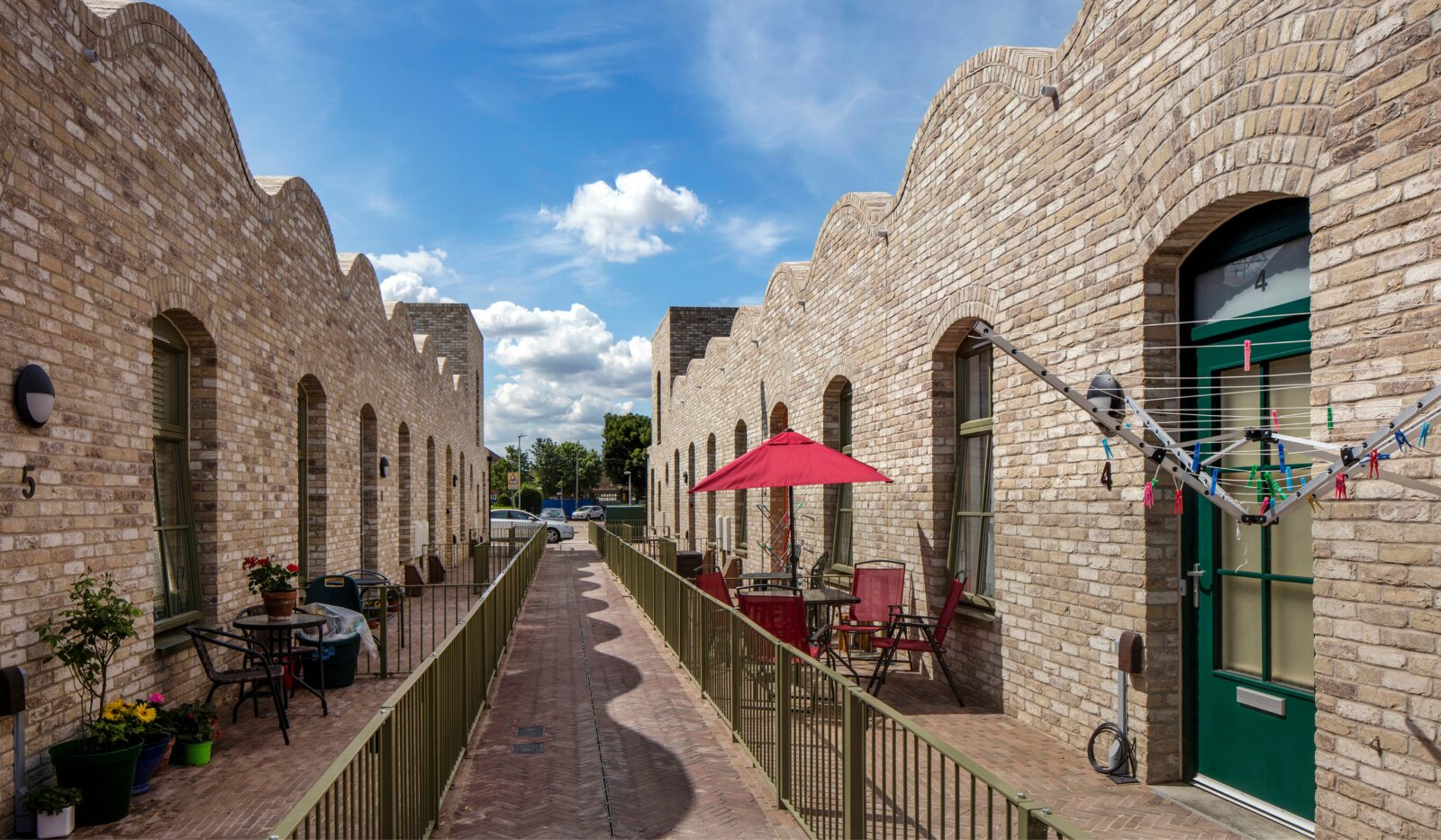The architect and founder of Peter Barber Architects also called on the government to restart a mass social housing programme during a wide-ranging, keynote lecture at the start of the three-day AJ100 Festival earlier this week.
Asked for advice he would give to those at the start of their career, Barber said: ‘[You have to] see education as something that carries on throughout one’s life.
‘[You should] keep sketching and to remain idealistic. I tend to keep a sketchbook all the time and to build up this armoury of ideas.’
He continued: ‘Just keep on dreaming, you know. We [as architects] have to think outside of the status quo and imagine a better world.’
On a wider point and in terms of how the nation could solve its current housing crisis, Barber threw down the gauntlet to government, urging it to adopt three key policies.
The first: to stop council tenants’ Right to Buy. He said: ‘They've done it in Wales; they’ve done in Scotland; it needs to happen here [in England] right now. Because, while there are local authorities building social housing, it just gets flogged off.’
The second: the introduction of short-term, rent controls to protect private-sector tenants.
The third, and most significant change in government strategy: a ‘very substantial social housing programme’ similar to that implemented after the Second World War. He said: ‘This country was broke, and we were building a health service at the same time. Yet we managed to build hundreds of thousands of social homes. And that’s what we should be doing again.’
He added: ‘We have tens of thousands of homeless people. It’s an absolute disgrace. With a political will and with our hearts in the right place this could be resolved rapidly.’
Set up in 1989, Barber’s practice has built a reputation for ‘ingenious reinventions of traditional house types’ and creating beautifully crafted council homes on tough, inner-city sites.
Earlier this month two of the practice’s housing schemes were shortlisted for the RIBA’s 2021 Neave Brown award.
Barber’s address to the AJ100 Festival was entitled STREET…Who Owns the City and he was asked how he felt about the future of the street. He said: ‘I feel optimistic about the street, but certain ways of designing housing kill the street. And gated communities are the antithesis of what we do.
‘But if you design projects the way we do, it gives the social life of the street the best chance of thriving. As architects we can play our part in that. You can’t force people to do anything but you can make it possible. [The Covid pandemic] has reinforced my views on this.’
Barber, who has delivered schemes for the homeless at Mount Pleasant in Clerkenwell and at Holmes Road in Camden Town, said he would like to take on more work delivering similar schemes. However, he admitted such projects were a “Band-Aid” on the wider problem: ‘[We] have got to be careful [that these schemes] don’t become just like a nice emblem for us because there are 7,000 homeless people in London alone and there are no plans to build 7,000 hostel spaces.’
Asked whether he had ever gone back to a development and wished he’d done anything differently, he replied: ‘I regret at times the pressure we’ve been under to put people’s bedrooms at ground floor, as with with the housing at Donnybrook.
‘It isn’t ideal for people to sleep in bedrooms right on the edge of the street. That is unless – and it’s very difficult to do with the emphasis on level access – they could be raised up slightly from street level. Victorian housing did it quite well with a few steps up to the front door. It makes a heck of a difference to the atmosphere within the building if you’re just slightly above the head height of people on the pavement outside.’
Barber was also questioned about how he brought communities, local authorities and clients along with him on the design process. He replied: ‘We've got a tried-and-tested methodology and we work a lot with models – physical models we make ourselves. They are a design tool for us but also a presentation tool when you are talking to people who aren’t architects.
‘It’s so helpful to have a model where they can see exactly what’s being proposed. A computer model cannot do that.’

Source:Morley von Sternberg
Donnybrook Quarter, Hackney, London
He added: ‘We also work a lot by showing people precedents. It was very hard with the Donnybrook Quarter [back in 2003] when we were trying to persuade people of something that we've never done before. But, as time has gone on, we’ve got lots of examples to show to people.’
Barber, whose studio picked up a remarkable four 2021 RIBA London Awards – more than any other practice this year – was also quizzed on environmental sustainability. When asked ‘How has the climate emergency impacted your projects?’, he replied: ‘Well, not enough. [However] I'm very proud of the fact that we have saved some buildings, which would have been demolished and given them a new life.’
He went on: ‘The relatively high density of our schemes is part of the equation which creates a sort of sustainable ecologically and socially environment – housing which can support the walk to school, the corner shop, and public transport.’
But he confessed: ‘We need to be looking more carefully at materials that we’re using. We are working on a project at the moment in Germany where we are hoping that the client will allow us to be more experimental in the construction methodology, and with putting extra thickness and insulation on walls, which will improve performance of buildings. With a developer and even in a local authority, it is a hard thing to do.’
Barber spoke too about how his practice tried to weaved curiosity into his schemes, hiding some elements ‘around the next bend’.
The architect explained: ‘One of my first jobs was with Richard Rogers. I love High-Tech architecture. The soundtrack of these buildings is about honesty and revealing the nuts and bolts of construction – being able to read the structure.
‘But, after after leaving there, I went in the opposite direction. I like buildings which conceal what’s going on and which have a little bit of mystery about them. You look at them and you wonder “What's going on there? Why was that window blocked up? What's that little extension?”
‘Often when we ham it up a little bit and make it look more complicated than it really is. Buildings can be a seduction.’
He added: ‘I spent a year in Saudi Arabia in an early part of my career and became really interested in the way that buildings conceal their interiors. [I’d] peer through a doorway into a sunlit courtyard from a dark alleyway.’

Source:Morley von Sternberg
RIBA London Award winner: Holmes Road Studios by Peter Barber Architects
AJ100 Festival
Barber gave his lecture at the start of the three-day AJ100 Festival, which concludes today (22 September 2021).
The daily festival programme features other AJ100 Awards announcements, case studies, interviews, panel talks and virtual fringe events all focused on cutting-edge sustainability, wellbeing and design.
Click here to register for the event.
 The Architects’ Journal Architecture News & Buildings
The Architects’ Journal Architecture News & Buildings









